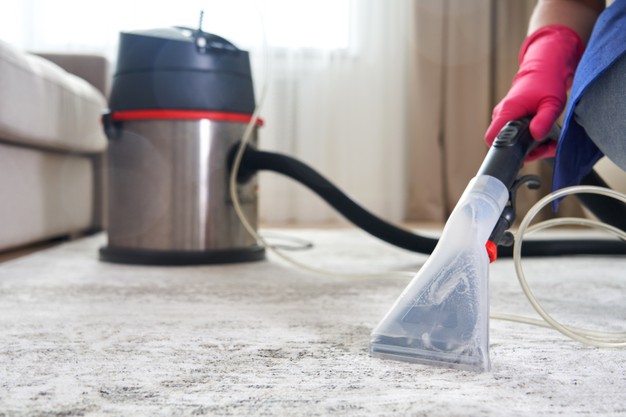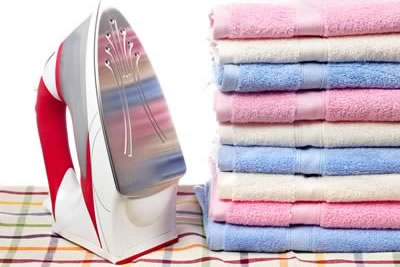Can You Tell The Difference Between Mold and Rust?

Do you have a mold or rust problem? Can’t tell the difference between the two? Here are some tips to help you identify the two!

Many homeowners are certain they know the answer to this question. Mold grows on the walls near water, while rust is red and grows on metal. While this is a good guess, it does not always turn out to be true. For example, did you know that mold can be red in color and grow on metal as well?
Identifying the problem is extremely important because it will determine the type of product you use to clean the stains. Moreover, cleaning mold without protective gear could be bad for your health. This is why you should turn to mold removal experts to make sure the problem is gone for good, not just on the surface. Experts will also be able to determine whether you’re dealing with rust or mold.
Read on to find out how to determine which one of these pests have invaded your home.
Mold or Rust?
Mold or mildew usually grows in damp areas like basements and bathrooms. As soon as you notice a stain that resembles mold you should take action to prevent the mold from spreading. However, you should not use the same chemicals to clean rust and mold because it will not be as effective. That’s why the first step is to identify the problem.
Identify, Prevent and Remove Rust
When iron or any other metal containing iron like steel corrodes it produces rust. It is often red, yellow or reddish brown in color. It often forms in damp areas or as a result of water touching the metal, for example, if you’re dealing with leaky pipes or water damage due to flooding. It is usually found on water pipes and faucets, metal roofs, oil tanks and other areas.
You can prevent rust by making sure that the metal is not exposed to water or humidity. To do this, you can use a protective coating to shield the metal surfaces. You should also inspect your plumbing to find any leaks before they cause the pipes to corrode.
Removing rust can be a bit difficult. You need to use the right cleaning products depending on how rusted the surface is. You can use household products like vinegar or baking soda to get rid of light rust, while severe rust will require a stronger product. Make sure to follow the instructions found on the label of these products to avoid further damage.
Identify, Prevent and Remove Mold
There are tons of easy ways to get rid of mold and keep it out of your home but you first have to identify what kind of mold it is. There are many different types of mold, which is why it comes in many different colors ranging from black to white, green and even red, resembling rust. Since mold can also grow on metallic surfaces, identifying which one you are dealing with is essential. Mold also comes in different textures, which can also help you identify it.
Mold can grow as a result of a flooding or water damage or grow overtime in damp areas. What’s important is to look for signs of mold as soon as possible and get rid of it quickly. It can take over your home’s decorating, clothing, and belongings in no time. Otherwise, from the result of flood damage, an mold infestation can spread and get extremely difficult to get rid of, forcing you to hire a professional company to remove it.
Mold Can be Dangerous
What makes mold particularly dangerous is that it can be harmful to people struggling with asthma, allergies or a weak immune system. This is why it’s also important to wear protective gear while removing the mold.
You can use special products to remove the mold, as household items are not that effective, especially if the infestation has spread. In most cases, the mold is impossible to remove from porous surfaces like drywall or insulation, which is why you might need to replace them. If the mold appears again after you’ve removed it, you might have a serious infestation that only an expert can successfully eradicate.







Leave a Comment